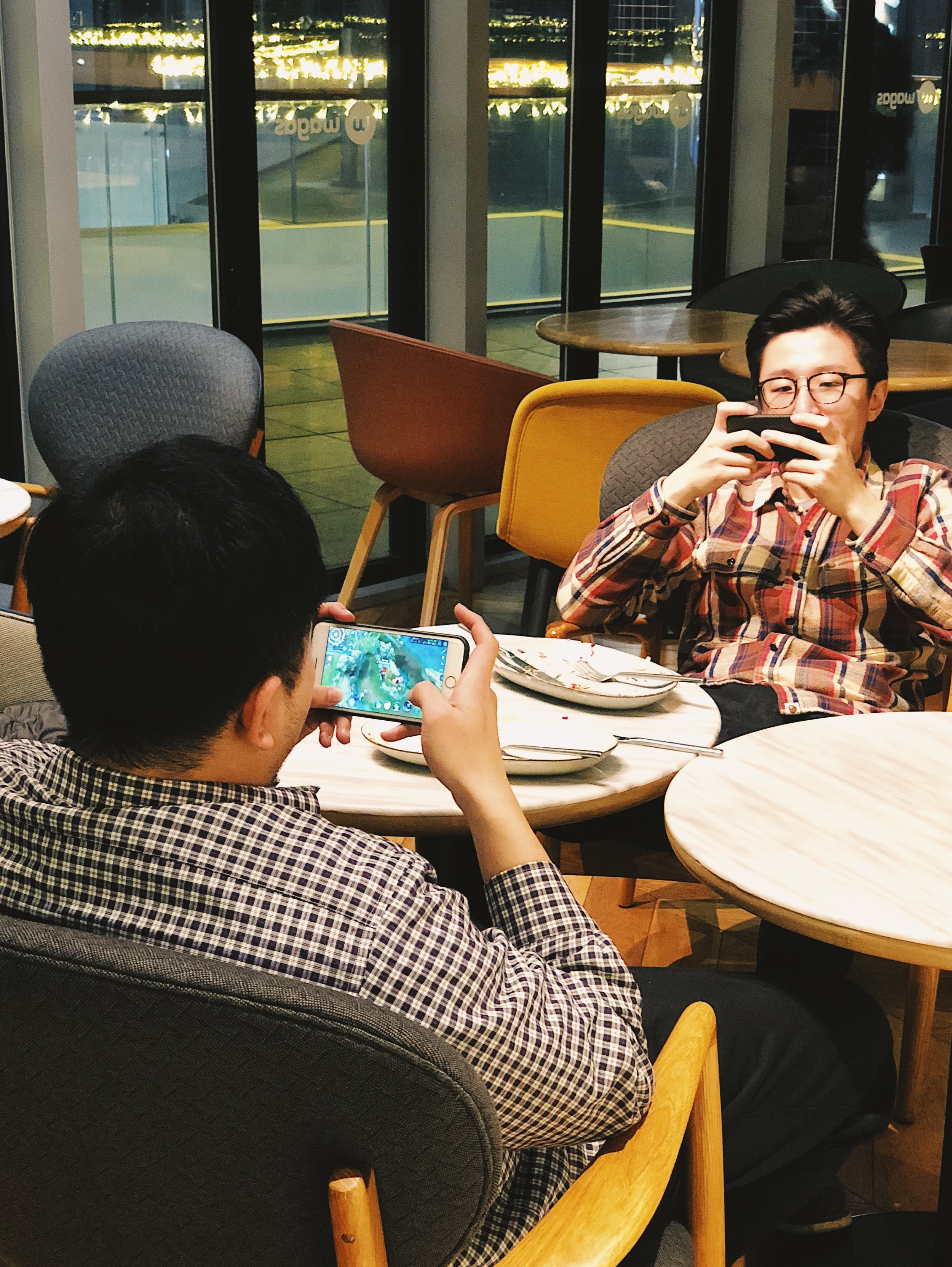Up until the age of 20, I had never lived outside of Germany where I was born. I had visited many countries, but had never lived in them. So during all the years growing up in Germany, my life was often about trying to “fit in.” Assimilation was my agenda, denouncing my differences was my goal. I was never in full denial of my Iranian identity, yet I certainly sought to find acceptance by trying to be more like the people around me.
A turning point for me then was the first time I got to go abroad. In 2008 I went to Buenos Aires to study, and being there had a profound impact on me. The people I met found it fascinating that I was a Spanish-speaking, Persian-looking, German citizen. People wanted to be friends with me. During my time in Argentina, I realized for the first time in my life that being different wasn’t a bad thing, it was a great thing. That’s when I decided to not be in denial of my differences anymore, but to invest in being different.
I realized that the more different I was, the more unique I was becoming.
This, was a paradigm shift in my thinking. And it was the trigger that led me to make many of my life decisions. That’s why I invested in languages, traveled as much and far as I could, restlessly moved around the world, and continuously challenged myself to learn new skills (my ritual question here “when was the last time you did something new for the first time?” Don’t have an answer to it? Then it’s time to pick up something new). I made the world my playground, and pursued things that would add richness to my character.
I am sharing this, hoping to encourage others – especially younger people – to not only fully own the parts of their identities that are different, but to also invest in all the parts of their lives that will allow them to be even more different. After all, why fit in if you can stand out? Why be one of many if you could be unique? Why follow others if you can be a trailblazer?








